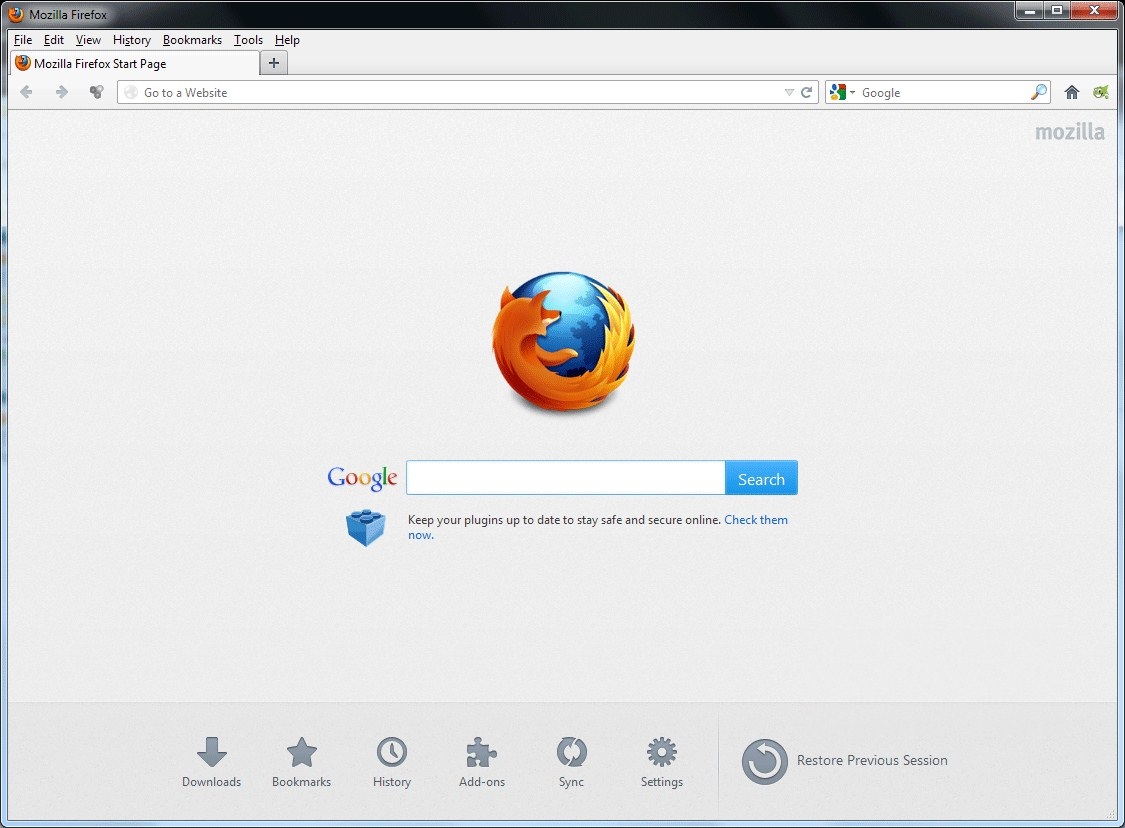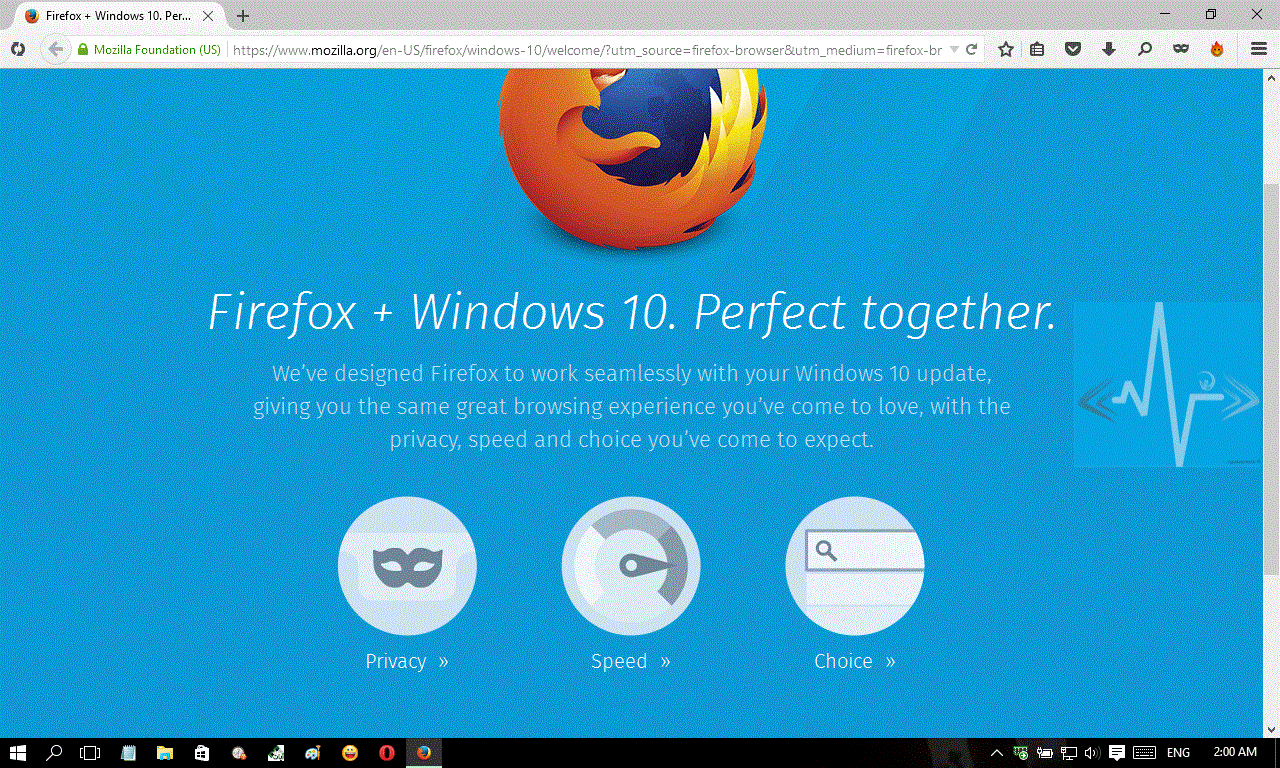


RELATED: You Should Upgrade to 64-bit Chrome. If you are, you should definitely upgrade to the 64-bit version of Chrome. However, Google didn’t automatically upgrade everyone to the 64-bit version of Google Chrome, so you may still be running the 32-bit version. Google released a 64-bit version of Google Chrome back in 2014. Step Three: Update Your Browser to 64-bitĪfter making sure that you’re running a 64-bit version of Windows and that you don’t rely on any old 32-bit-only browser plugins, it’s time to update to the 64-bit browser of your choice. So there’s no downside to switching if you’re running one of these new browsers. You can still use normal browser extensions with these browsers-just not “plugins” like Java and Silverlight. However, the latest versions of Chrome, Firefox, and Edge don’t support browser plug-ins aside from Flash, anyway. Some older browser plug-ins only function in 32-bit browsers. RELATED: How to Use Java, Silverlight, and Other Plugins in Modern Browsers

If your system has a 32-bit processor, you can’t install a 64-bit operating system and won’t be able to use a 64-bit browser. If you see that you’re using a 32-bit version of Windows on a 圆4-based processor, you can probably switch to the 64-bit version of Windows. RELATED: How to Switch From 32-bit Windows 10 to 64-bit Windows 10 It will tell you whether you’re using a 32-bit or 64-bit operating system. On the right side of the window, check the “System type” entry. You’ll need a 64-bit version of Windows to run a 64-bit web browser. To check which version you’re running on Windows 7, 8, or 10, navigate to Control Panel > System and Security > System.

RELATED: How Do I Know if I'm Running 32-bit or 64-bit Windows? RELATED: What's the Difference Between 32-bit and 64-bit Windows? Step One: Make Sure You’re Running 64-bit Windows After that, you’ll just need to download and install the 64-bit version of whatever browser you use. You also need to make sure that you don’t rely on any old browser plugins that are only available in 32-bit. To make the move, you first need to ensure that you’re running a 64-bit version of Windows. Unfortunately, if you’re running Windows, you may not get the 64-bit version of your browser automatically. 64-bit web browsers tend to be faster and more secure thanks to the additional security features available. Most platforms use 64-bit browsers by default when you’re using a 64-bit operating system. Here’s how to find out what version you’re running and how to upgrade. Google and Mozilla now offer 64-bit versions of Chrome and Firefox for Windows.


 0 kommentar(er)
0 kommentar(er)
